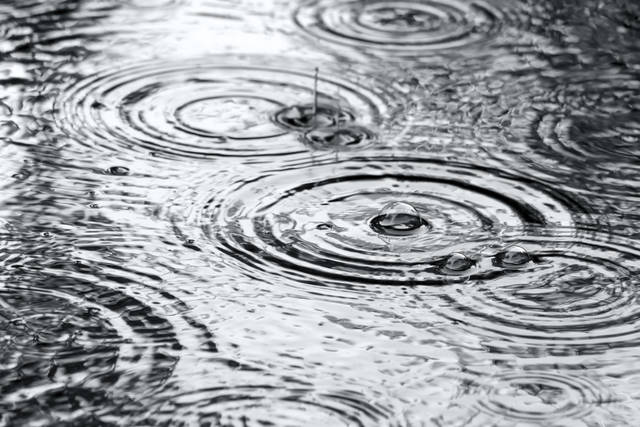HILO — One of the top subjects lately, both in casual conversation and on social media, is the recent chilly weather.
Temperatures have dipped into the lower- to mid-60s most nights for the past month or so, but no record low temperatures have been recorded at either Hilo or Kona airports — the only places where the National Weather Service records official temperatures on the Big Island.
“It’s been colder,” Kevin Kodama, National Weather Service hydrologist, said. “The temperatures would have to get into the low- to mid-50s” at Hilo International Airport for records to be set, he added.
Kodama did, however, acknowledge the nights have been what locally passes for “cold” for a while now.
“The winds have been coming out of the north, so we’re getting more of a feed from the cooler latitudes up north,” he said. “Another thing is, the ocean temperatures have been a little cooler up north. And the air that’s been coming from the north has been drier, too, so that’s allowed the temperatures to drop a bit.
“Eventually, the march of the seasons is going to start warming things up. And also, our patterns are changing to more of a trade wind pattern. … Most of February was the same with these low-pressure patterns up to the north and northeast, and that was keeping us with those cool, north to northeast winds for a long period of time. We get those events from time to time, but to have it day after day after day is not too common.”
In most island locations, February was wetter than usual, according to the weather service’s monthly rainfall report.
Hilo airport measured 11.24 inches of rain in February, 18 percent above its norm of 9.56 inches for the month. Mountain View tallied 15.77 inches, 38 percent higher than its 11.46 inches average. Pahoa sopped up 15.67 inches of rain in February, a 55 percent increase over its 10.13 inches norm. And Laupahoehoe was especially wet, with rainfall totaling 25.58 inches, almost two and a half times its February average of 10.61 inches.
Kealakekua saw 4.01 inches of rain, a 50 percent increase over its February norm of 2.67 inches. Honaunau received 4.7 inches, 78 percent higher than average, and 6.42 inches of rain fell into Kahuku Ranch’s gauge, more than twice its norm for the month.
One exception was the Ellison Onizuka Kona International Airport at Keahole, which received just o.42 inches of rain in February, well below its average of 1.5 inches.
Despite the wet February, year-to-date rainfall totals were well below average for most Big Island rain gauges going into March. Hilo airport’s 12.5 inches was about two-thirds of its norm of 18.82 inches for the first two months of the year. And Kona airport was parched, with 0.43 inches for the year, just 11 percent of its average of 3.91 inches.
“That’s because January was so dry,” Kodama said. “January rainfall amounts were about 50 percent of average across the Big Island, and a lot of areas were less than 20 percent of average. February helped to recover from that but didn’t completely offset the January dryness.”
The weather service last week released a drought report written by Kodama, stating “wetter than average conditions over the past month have removed nearly all drought areas across the state.”
“February started with severe drought … in the leeward portions of the Big Island and Maui,” Kodama wrote. “Moderate drought … had spread across most of the Big Island and also covered the lower leeward slopes of the rest of the state.
“By the first week of March, drought had been eliminated from the Big Island to Oahu. Only a small pocket of moderate drought remained along the lower leeward slopes of Kauai from Waimea to Barking Sands.”
Kodama said windward residents can expect more rainfall in the near term, while the leeward side likely will experience its typically drier weather.
Email John Burnett at jburnett@hawaiitribune-herald.com.

